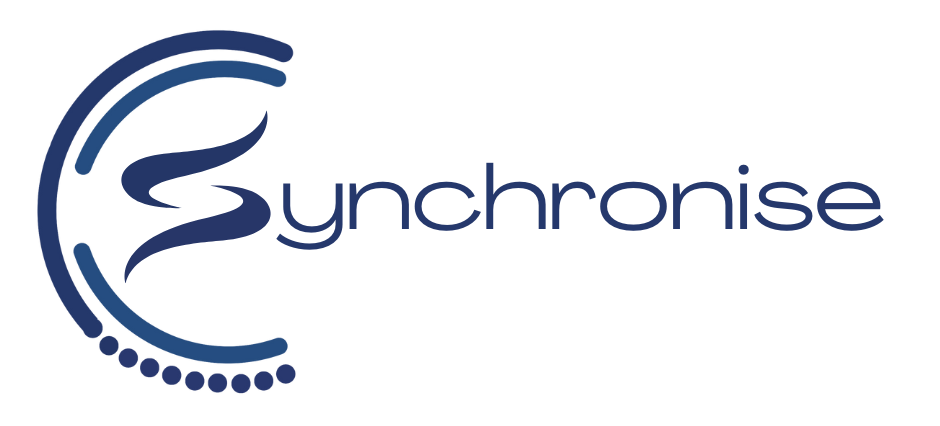Resigning from a job is a significant and often emotional step in one’s career journey. Whether you’re leaving for a new opportunity, personal reasons, or a desire for professional growth, the process of managing resignation requires careful consideration and tact. In this blog post we’ll explore essential strategies for handling resignations professionally and smoothly.
Plan Before You Leap
Before submitting your resignation, take the time to plan your transition. Ensure that you have a concrete offer from your new employer or a well-thought-out plan for what comes next. Assess the potential impact on your current projects and colleagues and be prepared to provide solutions or assistance in easing the transition for your team.
Schedule a Meeting with Your Manager
The most respectful way to resign is in person. Request a private meeting with your supervisor to discuss your decision. Clearly articulate your reasons for resigning and express your gratitude for the opportunities and experiences gained during your time with the company. Be prepared to discuss transition timelines and handover processes.
Submit a Formal Resignation Letter
Follow up the meeting with a formal resignation letter. Keep it concise, expressing gratitude for the opportunities provided and specifying your last working day. Include a brief mention of your willingness to assist in the transition. This letter serves as a formal record of your decision and can be included in your employment file.
Maintain Professionalism
During your notice period, continue to perform your duties with the same level of professionalism and dedication. Be open to training your replacement or assisting in the transition process. Your actions during this time will contribute to your professional reputation and may impact future references.
Communicate Effectively with Colleagues
Once your resignation is public knowledge, communicate with your colleagues openly and honestly. Address any concerns they may have and assure them that your departure is not a reflection of dissatisfaction with the team or the company. Foster positive relationships and offer your support to ensure a smooth transition.
Prepare a Knowledge Transfer Plan
As part of your commitment to a smooth transition, create a knowledge transfer plan. Document key processes, contacts, and information relevant to your role. This will assist your successor and mitigate any disruptions in workflow after you leave.
Exit Interview Considerations
If your company conducts exit interviews, approach them with constructive feedback. Be diplomatic in expressing your reasons for leaving and offer suggestions for improvement. Keep in mind that exit interviews are an opportunity for both you and the company to learn and grow.
Navigate Counteroffers with Caution
In some cases, your current employer might present a counteroffer to entice you to stay. Approach counter offers with caution and objectivity. Consider the reasons for your initial decision to leave and whether the counteroffer addresses those concerns. It’s essential to make decisions based on your long-term career goals rather than short-term incentives.
Maintain Connections
As you leave your current position, make an effort to maintain professional connections. Exchange contact information with colleagues and supervisors, and connect with them on professional networking platforms. Building a strong professional network can open doors to future collaborations and opportunities.
Reflect and Embrace the Future
After resigning, take time to reflect on your experiences and the lessons learned. Consider how this transition aligns with your career goals and what you hope to achieve in your new role. Embrace the future with optimism and a sense of purpose, knowing that each career move is an opportunity for growth and development.
Managing a resignation is an art that involves a blend of professionalism, gratitude, and foresight. By approaching the process thoughtfully and strategically, you can leave your current position on positive terms and set the stage for success in your future endeavours. Remember that how you handle your resignation reflects not only on your character but also on your commitment to professionalism and integrity in the workplace.
If you would like to know more about how Synchronise Resourcing can help you with your next role or hire then please get in touch info@synchroniseresourcing.com.au


